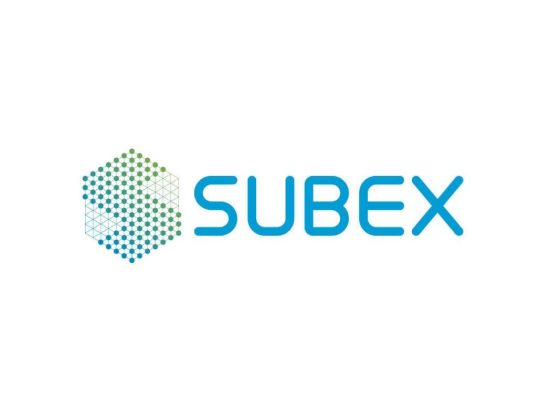It’s no secret that 3D printers are becoming more and more popular, especially among millennials. With every year that passes, all the gear, accessories and 3D filament available Australia-wide becomes more affordable and accessible. But how do these machines work? In a (very simple) nutshell, 3D printers create three-dimensional objects by depositing materials layer by layer until the object is complete. But there’s a bit more to it than that. Read on to learn all about how 3D printers work.
The Basics of 3D Printing
3D printing is also known as additive manufacturing. It’s a process of making three-dimensional solid objects from a digital file. The creation of a 3D printed object is achieved using additive processes, where successive layers of material are laid down in different shapes.
It’s worth noting that 3D printing is the opposite of subtractive manufacturing, which is the traditional way of making objects. In subtractive manufacturing, you start with a block of material and then cut away at it to create the desired shape (think of statues and sculptures, for example). With 3D printing, you start with nothing and then build up the object layer by layer.
How Does a 3D Printer Work?
A 3D printer needs three basic things to function: a model or design file, the 3D printer itself, and the right materials. The model or design file is created using a computer-aided design (CAD) program or via scanning an existing object. Once you have your file, you need to choose what type of 3D printer you want to use as well as what materials you want to print with.
There are two main types of 3D printers: fused deposition modelling (FDM) printers and stereolithography (SLA) printers.
FDM printers are the most common type of consumer-grade 3D printer. They work by heating filament (the material being printed with) and extruding it through a nozzle onto the build platform (where the object is being printed). The extruded filament cools and hardens almost immediately, allowing for quick layer-by-layer construction.
SLA printers use photopolymers that are sensitive to light. A laser beam traces the cross-section pattern of each layer on the build platform and hardens the photopolymer accordingly. The build platform lowers by one layer thickness after each pass until the entire object is complete. SLA printers produce high-quality prints but are generally more expensive than FDM printers.
What Materials Can Be Used in 3D Printing?
There are two main types of materials that can be used in 3D printing: thermoplastics and photopolymers. Thermoplastics are plastic materials that can be melted and reformed multiple times without changing their chemical properties – think Lego bricks. Photopolymers, on the other hand, are sensitive to light and change their chemical properties when exposed to light – acrylic nails or photo negatives are good examples.
Ready to start printing?
As you can see, there’s a lot that goes into how a 3D printer works. But at its core, it’s a simple machine that can create some pretty amazing things! If you’re interested in learning more about this fascinating technology or purchasing your own 3D printer, be sure to do your research so that you can find the right machine for your needs.




